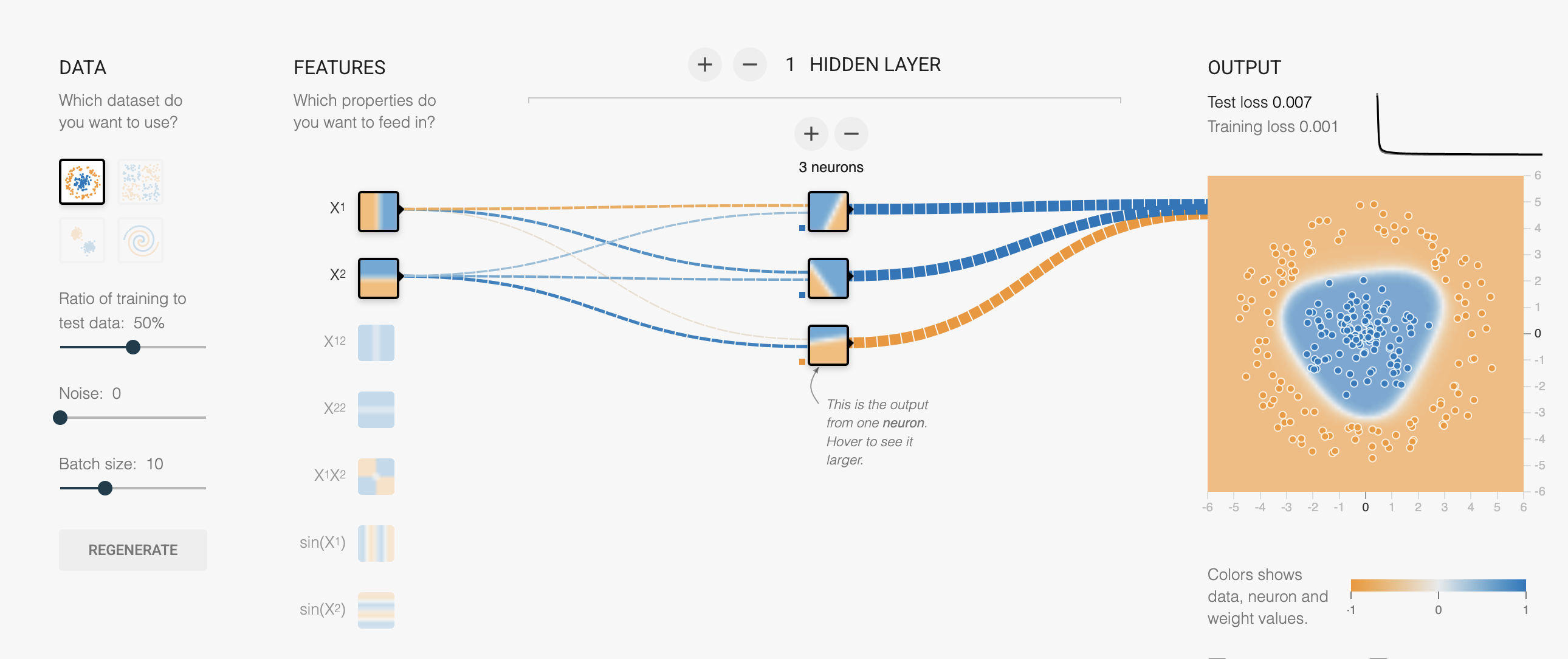Slides unit 00
What is an MLP (Multilayer Perceptron)?
Core Idea
An MLP is a fully connected feedforward neural network — the classic deep learning architecture.
Architecture
Input Layer → Hidden Layer(s) → Output Layer

Each layer performs:
output = activation(Wx + b)
Where:
W = weight matrix
x = input vector
b = bias
activation = non-linear function like ReLUAnatomy of Model Training in Deep Learning
1. Data -> Model Input
DNA/RNA/protein sequences → One-hot encoded or embedded tensors
Wrapped in custom Dataset + DataLoader for batching2. Training Loop
for xb, yb in train_loader: optimizer.zero_grad() # Step 1: Clear old gradients preds = model(xb) # Step 2: Forward pass loss = loss_fn(preds, yb) # Step 3: Compute loss loss.backward() # Step 4: Backprop: compute gradients optimizer.step() # Step 5: Update weights
3. Model Components
nn.Module: Defines layers and forward pass
nn.Conv1d, nn.Linear, nn.ReLU, etc.
Outputs: regression (e.g. expression levels) or classification (e.g. binding sites)4. Loss Function
nn.MSELoss() for expression prediction
nn.CrossEntropyLoss() for classification
nn.BCELoss() for binary classification, this is just -log likelihood for a bernoulli distribution5. Optimizer
Common: torch.optim.Adam, SGD, etc.
Controls learning rate and parameter updates6. Evaluation
Use model.eval() + torch.no_grad() during validation
Track metrics like loss, R², accuracy, AUC